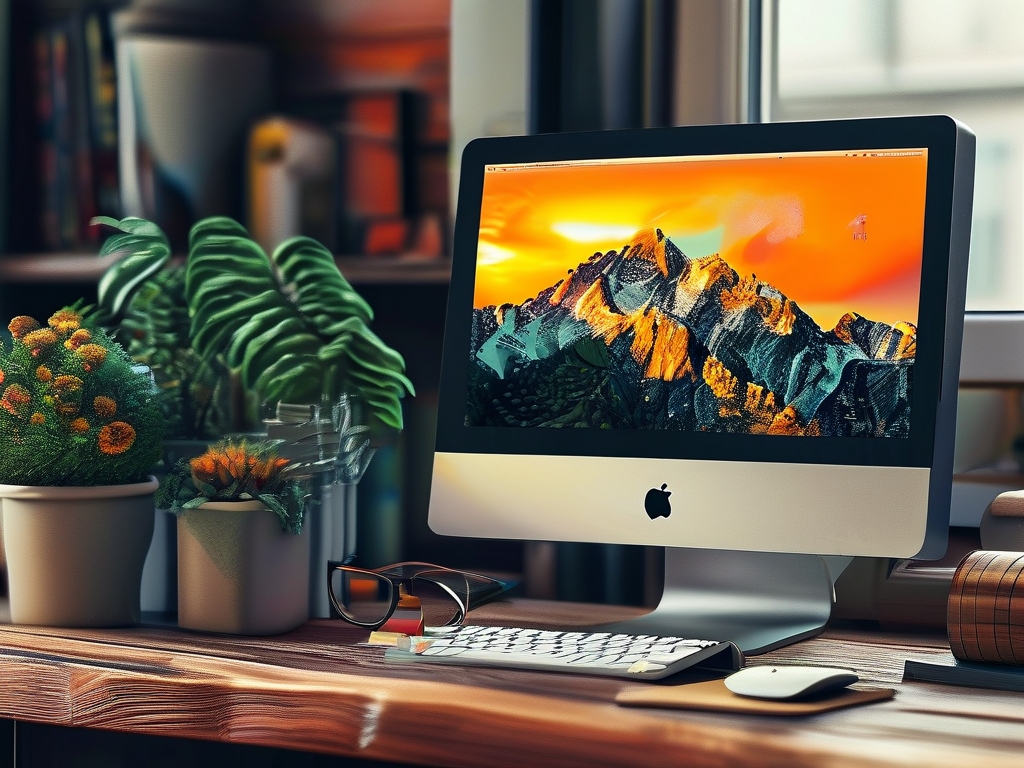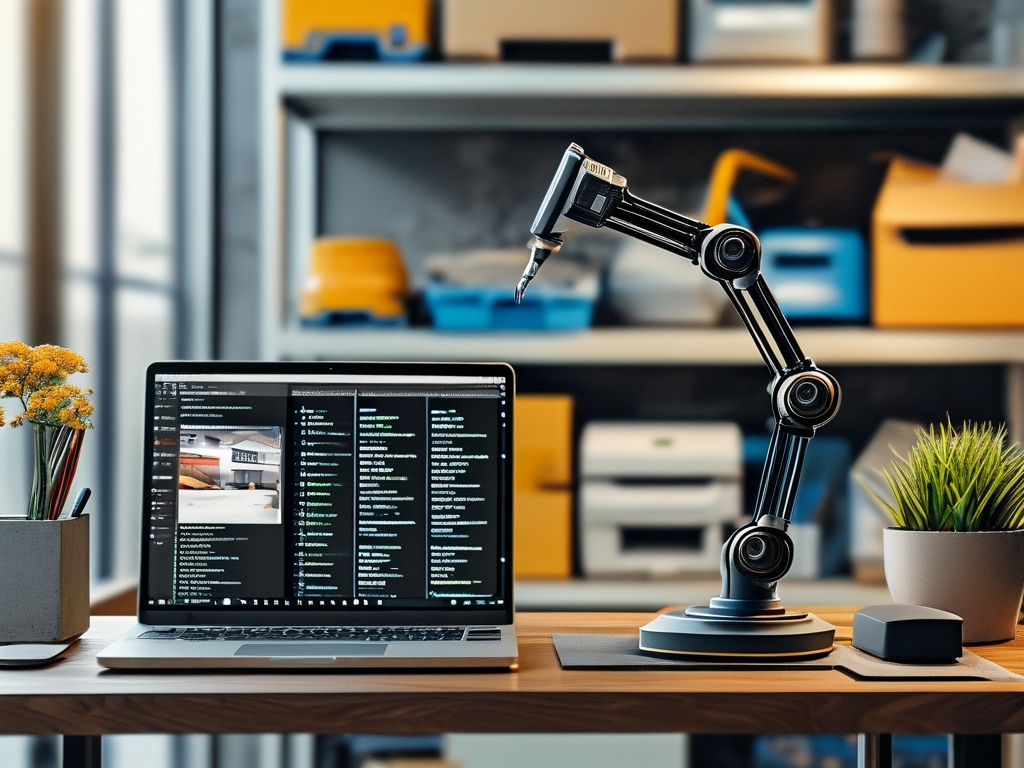Over the past decade, interaction design has emerged as a critical discipline in shaping digital experiences. For designers who have dedicated five years to mastering this craft, the journey is marked by evolving expertise, industry recognition, and unique challenges. This article explores what it means to be a 5-year experienced interaction designer, focusing on skill development, workplace dynamics, and future opportunities.

The Foundation of Expertise
After five years in the field, interaction designers typically transition from executing tasks to owning design processes. They develop fluency in tools like Figma, Sketch, and Adobe XD while mastering design systems, user flow mapping, and accessibility standards. Unlike junior designers, mid-level professionals can articulate why specific interactions work—backing decisions with psychological principles like Hick's Law or Fitts' Law.
A key differentiator is their ability to balance user needs with business goals. For instance, when redesigning an e-commerce checkout flow, a seasoned designer might reduce form fields (improving UX) while strategically placing cross-sell prompts (boosting revenue). This dual focus often makes them indispensable in agile teams.
Navigating Workplace Challenges
Despite their growing competence, 5-year designers face unique pressures. Many encounter the "mid-career plateau," where advancement to senior roles requires soft skills beyond technical prowess. Leadership expectations shift: mentoring juniors, presenting to stakeholders, and advocating for design thinking become daily tasks.
Industry data reveals a pain point—45% of mid-level designers report friction with product managers over prioritization. A common scenario involves pushing for user research amid tight deadlines. Successful navigators learn to frame design decisions as risk-mitigation strategies. For example, conducting a 2-day usability test might prevent a 3-week post-launch redesign.
Industry Recognition and Compensation
The market values this experience tier highly. Glassdoor reports average salaries ranging from $85k to $120k in tech hubs like San Francisco or Berlin. However, compensation varies by specialization. Designers focusing on AR/VR interfaces or AI-driven interactions command 15-20% premiums.
Portfolio expectations also evolve. Hiring managers no longer seek polished mockups alone; they demand case studies showing measurable impact. A strong portfolio piece might detail how a dashboard redesign increased user retention by 30% through behavior-triggered micro-interactions.
Cross-Functional Collaboration
Five-year veterans often become bridge-builders between departments. In a fintech project, for example, they might translate compliance requirements into intuitive UI patterns—a task requiring equal parts legal understanding and creative problem-solving. This interdisciplinary role demands continuous learning; many attend workshops on basics of front-end development or behavioral economics to strengthen collaborations.
Notably, remote work has reshaped collaboration dynamics. Tools like Miro for async brainstorming and userback.io for feedback collection are now essential. Seasoned designers often develop hybrid workflows—using Loom for quick video explanations alongside Jira tickets.
Future Growth Trajectories
At this career stage, paths diverge. Some specialize further, becoming experts in niche areas like voice UI or automotive interfaces. Others transition to management, overseeing design ops. Emerging opportunities include roles in ethical AI design, ensuring algorithms respect user privacy through transparent interactions.
Continuous learning remains vital. Leading designers allocate 10% of their time to skill updates—experimenting with AI co-design tools like Galileo AI or exploring neuromarketing insights. Certifications like NN/g's UX Certification gain relevance for credibility.
Industry Trends Shaping the Role
Three trends are redefining mid-career designers' responsibilities:
- AI-Augmented Design: Tools like ChatGPT for copy ideation and Uizard for auto-generated wireframes demand adaptability.
- Sustainability Focus: Clients increasingly request low-energy UI patterns (e.g., dark mode defaults).
- Micro-Interaction Economy: As attention spans shrink, nuanced animations (like progress bars that educate users) gain importance.
Reaching five years as an interaction designer signifies both mastery and momentum. These professionals blend artistic sensibility with analytical rigor, serving as user advocates in boardrooms and pixel-perfect executors in sprints. While challenges like stakeholder alignment persist, their experience positions them to shape the next generation of human-digital interactions—whether in metaverse environments, smart cities, or yet-unimagined platforms. For those embracing lifelong learning and strategic thinking, this career stage becomes a launchpad rather than a plateau.


